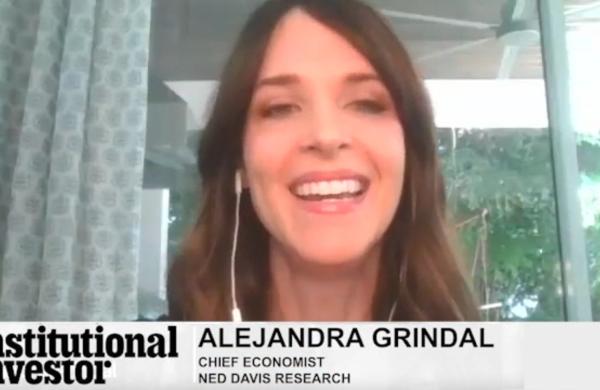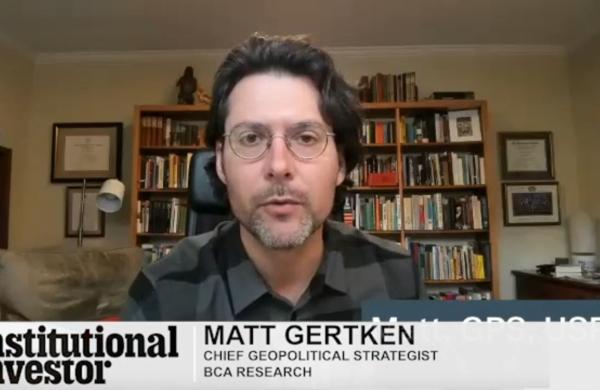Institutional investors are on high alert as interest rates continue to rise, sparking fears of a liquidity crisis.
In a survey of U.S. institutional investors, 50 percent were concerned that higher interest rates may trigger large withdrawals of funds, leading to a shortage of cash or other highly liquid assets, according to a recent poll by CoreData Research, a market research consultancy based in the U.K. Forty-nine percent of investors are worried that higher interest rates could reveal hidden fault lines in the U.S. financial markets, according to the poll.
The result is based on a January survey of 120 institutional investors in the U.S., including endowments, public pensions, and private defined benefit plans.
Investors’ concern over an imminent liquidity crisis comes at a time when the interest rates in the U.S. have soared to the highest level in over a decade. This month, the U.S. Federal Reserve increased the target for the fed funds rate to a range of 4.5 percent to 4.75 percent, the highest since 2007. If the central bank continues to tighten the economy, financial institutions may face a liquidity crunch as investors switch to safer assets like cash and marketable securities, according to a 2022 study by scholars at the University of Bath.
Investors scramble for cash amid heightened market volatility because it can serve as a good diversifier in portfolios, according to Nabeel Abdoula, deputy chief investment officer at the $6 billion Fulcrum Asset Management. “When the policymakers are trying to [create] an environment of high interest rates to slow the economy down, the role of cash in portfolios is something that is worth reflecting on in terms of giving you the option of earning assets,” he told II.
Nearly one-third (27 percent) of surveyed institutional investors expect stagflation and deep recession to plague the economy in 2023, accompanied by a fall of 10 percent to 20 percent in equity markets, according to CoreData. The largest funds with over $10 billion in assets are least confident in their macroeconomic prospects, with 29 percent of them expecting a bear market and only 4 percent envisioning a bull case scenario. For funds with less than $1 billion in assets, 30 percent of the respondents have a bullish outlook for 2023.
Investors are looking to take refuge in fixed income amid rising yields and market volatility. Fifty-five percent of surveyed investors said they plan to increase their fixed income allocation if the federal funds rate climbs to 5 percent, according to CoreData. They have adopted a risk-averse approach, with investment-grade and government bonds ranking as the most popular debt strategies.
“On the one hand, institutional investors harbor deep concerns about higher interest rates triggering an economic tsunami whose waves will reverberate through the U.S. financial system. But on the other hand, higher interest rates now offer better income opportunities after a prolonged and frustrating search for yield in the post-financial crisis low-rate environment,” said Andrew Inwood, founder and principal of CoreData. “The income has finally returned to fixed income.”







